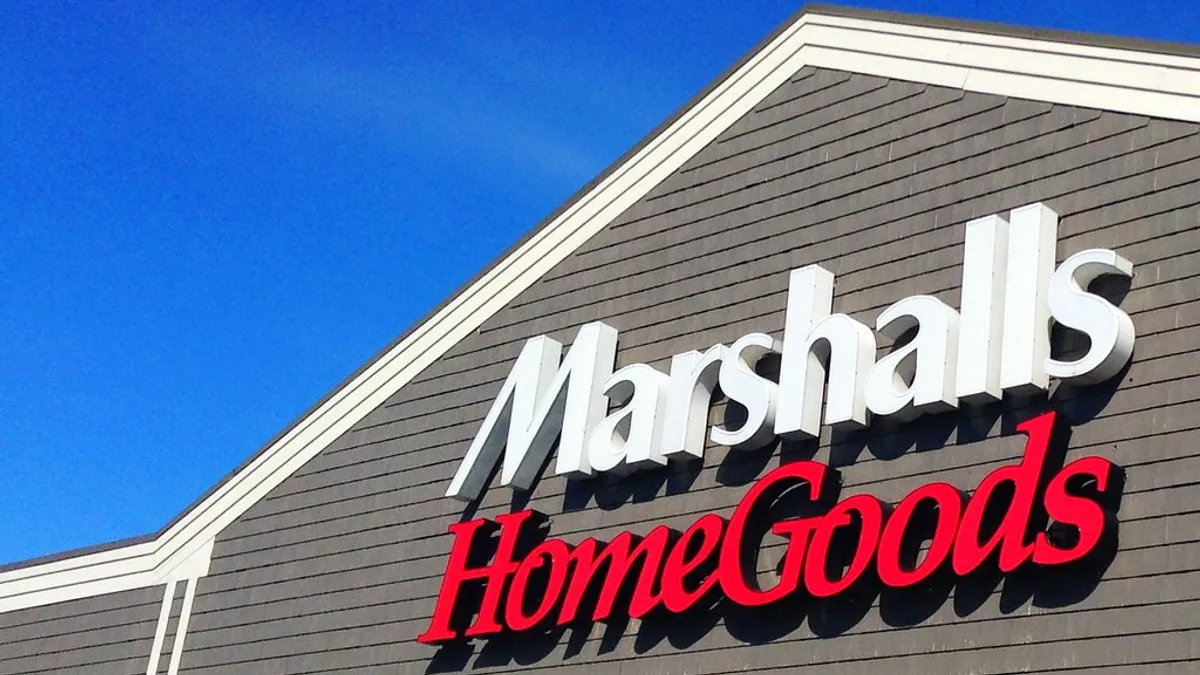Editor’s note: This story is part of a series on the tactics healthcare executives are using to address supply chain challenges. Read the previous installment here.
While inflation is an ongoing concern for hospitals nationwide, the Detroit-based non-profit Henry Ford Health managed to bring its supply expenses down last year, a fact that Senior VP of Supply Chain Management Bill Moir takes pride in.
Henry Ford operates five hospitals and more than 250 facilities providing primary care, cancer and orthopedics care, behavioral health services and urgent care.
The health system worked with group purchasing organization Premier to leverage data and identify supply categories that should not be impacted by inflation and more effectively negotiate for lower prices based on that information.
While inflation was significant between 2018 and 2022, the health system’s costs trended down last year in its cost per case mix adjusted equivalent discharge (CMAED), one of the most common benchmarks hospitals use to evaluate supply expenses, he said. The measure takes into account both inpatient and outpatient volumes adjusted by a hospital's case mix index, helping to indicate the institution's cost management and efficiency, considering the acuity of the patients being treated.
Moir noted that Henry Ford is moving in the right direction for other operational metrics as well, such as data accuracy, perfect order accuracy and pricing accuracy.

“We’re far from where we want to be, but we’ve come a long way," he said.
Since joining Henry Ford in 2021, Moir has overhauled Henry Ford’s data and analytics team. Under his leadership, the team has developed supply chain dashboard scorecards to measure and monitor metrics like financial analytics including a cost per case analysis tool.
“We went from barely working in Excel effectively to working in [data visualization tools like] Power BI, and doing things that are much more advanced from where we were a few years ago," Moir said.
One area in which Henry Ford has focused on cost control is understanding how interest rate inflation impacts its suppliers, and trying to parse what healthcare products and categories are not rising in cost because of true inflation. The health system is using Premier's cost benchmarking tools and collaborates with the GPO to identify savings opportunities in its portfolio.
Henry Ford's use of data to build resilience
Moir joined Henry Ford during the pandemic, which caused the system, like many, to focus on resilience amid widespread disruption.
“If the pandemic was setting off an atomic bomb, it still to a certain extent is death by 1,000 cuts,” Moir said. That’s because backorders remain a big challenge, even after the initial supply chain challenges from the pandemic were resolved.
The pandemic forced Henry Ford to address longstanding challenges it's faced regarding supply backorders. Order backlogs have long been an issue at the health system, with vendors unable to provide needed products for multiple supply categories, even after the height of the pandemic.
“The cadence is still certainly at a very high level and across a plethora of different categories," he said.
To help mitigate this issue, Henry Ford is opening a central services center this year partly to reduce costs for physician preference items, which can include items used in doctors' surgical work such as specific scalpel types or surgical gloves, but it won’t store the commodity items that many distribution centers handle, like bandages, gauze and hand sanitizer.
The center will also address resiliency partly by focusing on the 100 to 200 SKUs that continue to be challenging to acquire through healthcare distributors. The goal is to ensure an adequate supply and control over items that have been more difficult to attain and to do so in a centralized way.
Henry Ford is working with Premier and a handful of Premier’s other members to develop an analytics platform to get ahead of stockouts and to score vendors based on their risk. This information would be used in the procurement process to evaluate and choose vendors based on quality, cost and risk.
Currently, the health system and its peers are determining how to best share data and build variables and analytics into the platform.
The health system is also investing in a resiliency manager position.
“Their role is strictly to get up and eat, breathe, sleep resiliency, to make sure they’re the one air traffic control person on all things resiliency,” Moir said. “We’re really excited about that because that’ll help support not just supply chain, but the whole organization.”
The manager will be responsible for the predictive analytics, facilitating cross functional calls with customers and coordinating with all Henry Ford sites. With so many sites, it is hard to maintain a resilient supply chain, supporting each site and functioning synergistically, he said.
Using data for diversity
Henry Ford is also using data and technology for its diversity, equity and inclusion efforts. The system uses data tools to better engage with diverse vendors, working with VIVA, a woman- and minority-owned portal service, to register and report Tier 2 supplier spending.
The platform also provides recommendations for vendors in different categories.
“I think that’s the next frontier in terms of diversity and really pushing our supplier partners to be more effective in those [Tier 2] spaces,” he said.
This story was first published in our Procurement Weekly newsletter. Sign up here.






















